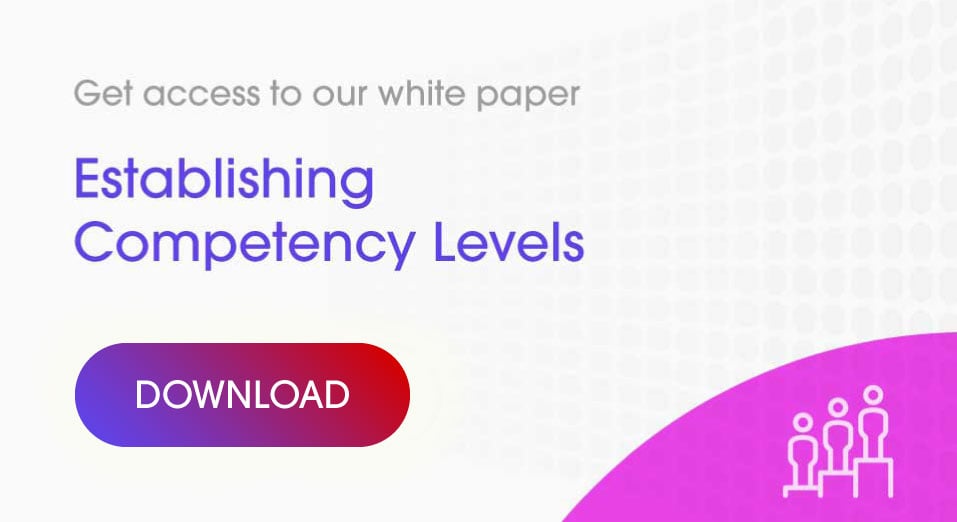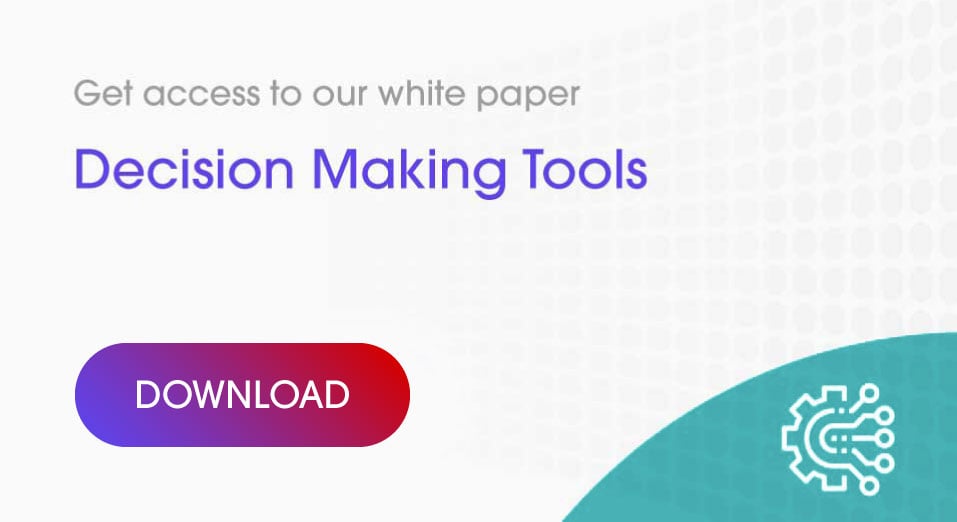Engaging your representatives in the development of the business case to implement Rep Triggered Emails, [RTE] or as sometimes referred to as ‘Approved Emails’, and ensuring there is a sound value proposition, alleviates any fear of failure of adding this channel to the existing representative tool kit.
Make it a ‘no brainer’ for representatives to participate and HCPs to opt-in.
We will share a recent implementation case study to demonstrate the difference between a customer-centric and a company-centric implementation. As you will see, one of these methods had more success than the other.
The Importance of the Value Proposition
In a first pilot of Rep Triggered eMails, this company ran an e-consent campaign, with the objective to secure as many HCP email addresses and consent to email as possible. The incentive for the representative was a cash bonus. An incentive for the HCP to provide consent was overlooked. The results were less than expected, with representatives first motivated to achieve the objective but eventually losing all confidence in the campaign.
In this second pilot, the pharma company chose Rep Triggered eMails to follow-up on an educational meeting. During the meeting, the company solicited indications of customer interest in similar events and online educational programs. Participation in such programs would contribute to the annual Continuous Medical Education [CME] points.
Key reasons the second pilot had a high potential for success:
- HCPs had provided their contact details voluntarily with a desire to receive more information;
- HCPs had already had a positive experience at the event itself;
- HCPs were motivated to learn more about other events or resources that would be of benefit to them; and
- A clear and relevant value proposition alleviated any potential resistance from the representative asking for consent or the HCP in giving consent.
Cross-Functional Teamwork
Three small cross-functional teams were formed, agreeing to meet at regular intervals:
- Global & Local CRM with the Digital Centre of Excellence and the local Digital Marketing, to set up the functionality in the CRM and the operational model for the design, development, and practical implementation;
- Local Digital Marketing, CRM, BI, SFE Training, Marketing, and MLR to design the template with the creative agency, along with constructing the local eConsent [opt-in and opt-out requirements] and the privacy statement suitable for an iPad screen, along with the implementation training program; and
- Local Marketing, Sales Managers, Sales Representatives, Digital, Marketing CRM, and SFE Training to engage representatives and overcome fears, test, retest, train and implement.
The team made a strong recommendation is to keep their first email template and the potential flexible components simple, referred to as ‘low design’. They just included mandatory information, and only the company brand, meaning no product branding.
Transparency & Confidence
A key learning shared from the case study, was the need for the representatives to be confident they understand how the process worked and to be able to answer any questions from the HCPs to alleviate any fears of spam, difficulties of opting out, or misuse of their personal details.
The pilot included a test account in the CRM for the representatives to play with and send emails to, to opt-in and opt-out, and to know exactly what the HCP would receive. An opt-out option was not only required by local law but was key to gaining the representative and HCP confidence that this was truly customer-centric.
A second key learning shared was when implementing this channel, to provide a call flow script for the representatives – or rather, several call flow options, for gaining e-consent from the HCPs.
Other takeaways from the representatives involved in the pilot were distinct between 2 user groups:
- From the Adoptive Users [those who gained a high volume of e-consents and sent a high number of RTEs]:
- These users were technically confident;
- They had a strong belief in the value proposition;
- They were proactive in anticipating a need for a printed privacy statement to leave behind for HCPs to read offline if necessary;
- They were curious to know more about the next touch point in the customer journey e.g. about what happens if an HCP replies to the email or wants to communicate via email with the representative; and
- They proposed alternative or more flexible email templates to be able to personalise communications, as they used the RTE more frequently and gained feedback.
- From the Non-Adoptive Users [those who remained reluctant to ask for an e-consent or failed to gain a high volume of consents, and/or sent few RTEs]:
- General lack of confidence in the value proposition;
- Overall lack of technical competency in this group and/or a lack of confidence after training [e.g. some obtained the e-consent, but then did not understand that they then had to send the RTE and that it was not automatically sent]; and
- This group reported more frequently that HCPs were resistant to giving consent, either because they no longer needed more education of this kind or that too much time had passed since the event was attended. There were other reasons given too, which were all considered in the larger value proposition refinement, however more so from this group than the other group.
The result of the pilot was a 65% eMail open rate!
Key learnings from the pilot will inform the development of a full enterprise operational model. The local customer journey will be expanded to include additional touch points and the Representatives will be empowered to follow up directly via their CRM, to help close the loop.
Potential RTE opportunities can include, but are not limited to:
- Follow up to a face to face call, when more information is requested;
- Promotion of an event that might be of interest to a target group of customers;
- Follow up to an event attended to access resources such as a recording or document;
- Opportunity to see resources of a missed event; and
- Opportunity to request a meeting to gain more information.
If you want to know more about implementing RTE, contact Actando for an initial discussion.
Article Contributor: Melanie Brown, Managing Partner
If you are interested in our mobile learning solutions on digital channels, contact Actando.
The Actando Consulting Team


.png?width=1136&name=ACTANDO-CTA-Article-MultiChannelMarketing%20(1).png)











